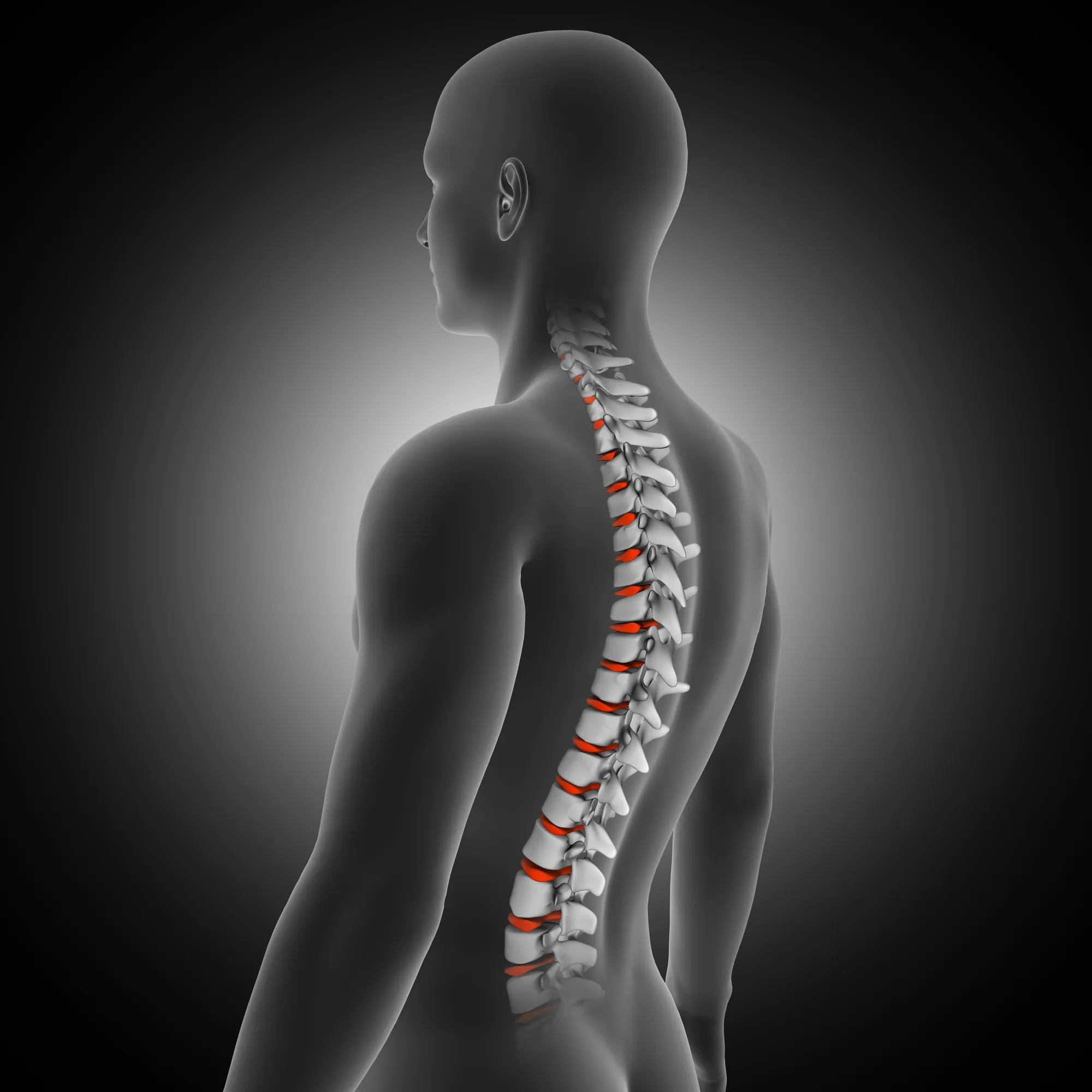Degenerative cervical myelopathy (DCM) is a condition that slowly and insidiously robs individuals of their ability to move and function independently. The importance of rapid surgical assessment cannot be overstated, as any delays can lead to increased disability and reduced post-surgical outcomes. A retrospective cohort study published in BMJ Open has shed light on the journey to diagnosis for DCM patients within the UK healthcare system, revealing the critical need for streamlined pathways to specialist assessment and surgery to improve patient outcomes (DOI: 10.1136/bmjopen-2018-027000).
Understanding Degenerative Cervical Myelopathy
DCM is a progressive spine condition caused by the degeneration of the cervical vertebrae and subsequent spinal cord compression. When left untreated, it can result in significant neurological deficits and disability. However, early surgical intervention has been shown to prevent further deterioration, making the timely diagnosis of DCM a matter of utmost importance.
Challenges in Current Diagnostic Routes
The study conducted by researchers at the University of Cambridge and published in BMJ Open examined the diagnostic journey of 43 DCM patients in a tertiary center in the UK. A review of cervical MRI scans and clinical documentation from primary and secondary care centers revealed the average time from symptom onset to primary care assessment was 6.4 months, with an additional lag until surgical assessment. Even though the severity of DCM can be objectively scored using the modified Japanese Orthopaedic Association (i-mJOA) method, many patients experienced suboptimal routes to diagnosis resulting in protracted disease progression.
Impact of Delays to Treatment
The findings highlight not just the heterogeneous and protracted journey of these patients but also the deterioration in functional status during this period. The i-mJOA worsened between the initial primary care visit and the eventual neurosurgical evaluation, underscoring the costs of delayed diagnosis in terms of patient morbidity. Remarkably, surgery was offered to 61.0% of patients, and those who underwent surgery experienced an average interval of 22.1 months between symptom onset and the intervention. These findings align with global studies emphasizing the importance of prompt decompression in managing DCM to optimize patient outcomes (Fehlings et al., Spine 2015).
Calls for a Streamlined Pathway
In response to its findings, the study advocates for a more direct and efficient pathway for patients with symptoms of DCM to receive specialist assessment and intervention. The researchers suggest this could be accomplished through better education for primary care providers, creating standardized referral criteria, and utilizing advanced imaging to assist in early diagnosis (Nouri et al., Spine 2015).
Efforts to Enhance Diagnosis
Initiatives such as “Elemental ideas – cervical spondylotic myelopathy” and the work of charities like www.myelopathy.org aim to improve awareness and education around DCM. In tandem, the East of England Trauma Network strives to streamline services for patients with spinal injuries, potentially offering a blueprint for DCM care improvement.
Conclusion
The study highlighted in BMJ Open sounds a wake-up call for healthcare systems to refine the clinical pathways for patients with DCM. The researchers’ work underlines the potential for significant gains in quality of life and functional status when these patients are diagnosed and treated expeditiously.
References
1. Hilton, B. B., Tempest-Mitchell, J., Davies, B., & Kotter, M. (2019). Route to diagnosis of degenerative cervical myelopathy in a UK healthcare system: a retrospective cohort study. BMJ Open, 9(5), e027000. https://doi.org/10.1136/bmjopen-2018-027000
2. Fehlings, M. G., Tetreault, L., Singh, A., et al. (2015). Degenerative cervical myelopathy: epidemiology, genetics, and pathogenesis. Spine, 40(12), E675–93. https://doi.org/10.1097/BRS.0000000000000913
3. Nouri, A., Tetreault, L., Singh, A., et al. (2015). A global perspective on the outcomes of surgical decompression in patients with cervical spondylotic myelopathy: results from the prospective multicenter AOSpine international study on 479 patients. Spine, 40(16), 1322–8. https://doi.org/10.1097/BRS.0000000000000988
4. Tetreault, L., Nouri, A., Côté, P., et al. (2015). The minimum clinically important difference of the modified japanese orthopaedic association scale in patients with degenerative cervical myelopathy. Spine, 40(21), 1653–9. https://doi.org/10.1097/BRS.0000000000001127
5. Davies, B. M., Mowforth, O. D., Smith, E. K., et al. (2018). Degenerative cervical myelopathy. BMJ, 360, k186. https://doi.org/10.1136/bmj.k186
Keywords
1. Degenerative Cervical Myelopathy Diagnosis
2. DCM Surgical Outcomes
3. Spinal Cord Compression Treatment
4. Cervical MRI Scanning
5. Neurosurgical Review DCM
